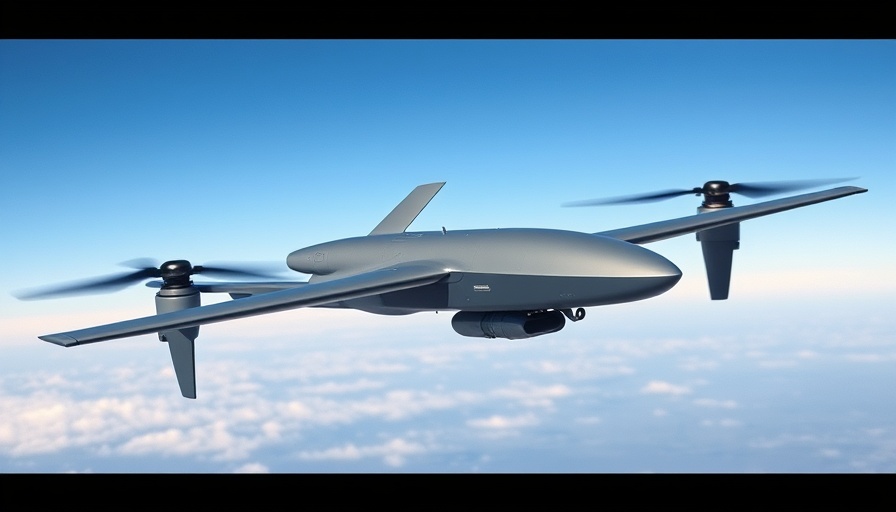
Turkey and Israel: Drone Powerhouses in Asia
As the demand for military drones surges in Asia, two countries emerge as frontrunners in the market: Turkey and Israel. Their highly regarded unmanned aerial vehicles (UAVs) are attracting interest from several Asian nations eager to bolster their military capabilities. With Japan at the forefront, evaluating advanced drone technologies, both countries are poised to reap the benefits of their advancements in aerial warfare.
Japan's Strategic Choice: A Shift from Traditional Allies
This shift in drone procurement signifies a notable change in Japan’s military strategy. Traditionally aligned with the United States and European suppliers for defense needs, Japan’s willingness to consider Turkish and Israeli drones indicates a growing diversification of its military procurement strategy. This is not just a practical decision based on technological merit; it also reflects Japan's broader goal of enhancing its defense capabilities amidst regional tensions.
Turkey's Triumph with the Bayraktar TB2
One of the most sought-after drones in the global marketplace is Turkey's Bayraktar TB2. This combat UAV has gained fame for its operational capabilities and cost-effectiveness, and various Asian countries are recognizing its value to modern warfare. Haluk Bayraktar, the CEO behind the TB2’s manufacturer Baykar, articulated how the new TB3 variant could perfectly supplement Japan’s naval platforms, underscoring Turkey’s innovative approach to naval drone technology. This suggests that Turkey is not just participating in the market; it is actively shaping future developments to cater to the specific needs of its clients.
Israel's Historical Drone Sales in Asia
While the spotlight is on Turkey today, Israel's historical sales to Asian military forces illustrate its long-standing reputation in UAV technology. The Heron drones have previously found customers in nations like South Korea and now Japan is testing the Heron Mk2, marking a significant moment that could alter previously held perceptions regarding Israeli defense systems. This opens up the possibility for Israel to re-establish its presence in the competitive Asian drone market, particularly if it can resolve previous operational issues.
Market Trends: The Competitive Landscape
As interest in drone technology intensifies, it’s essential to recognize the broader implications for the global aerospace and defense sectors. Nations that adopt these advanced technologies are aiming to strengthen surveillance, reconnaissance, and combat capabilities. This trend not only reshapes the military landscape but also drives investments and collaborations within the defense industry. For businesses and stakeholders in the construction and architecture sectors, understanding these dynamics becomes essential as military contracts can open doors for related industries.
Conclusion and Call to Action
The growing reliance on UAVs in military applications highlights key trends that extend beyond just technology; they signify shifts in geopolitical alliances and defense strategies that will influence future economic and construction models. If you are in defense-related sectors or projects relying on strategic insights about drone technology or military growth, consider evaluating its impact on your business planning and investments.
 Add Row
Add Row  Add
Add 




Write A Comment